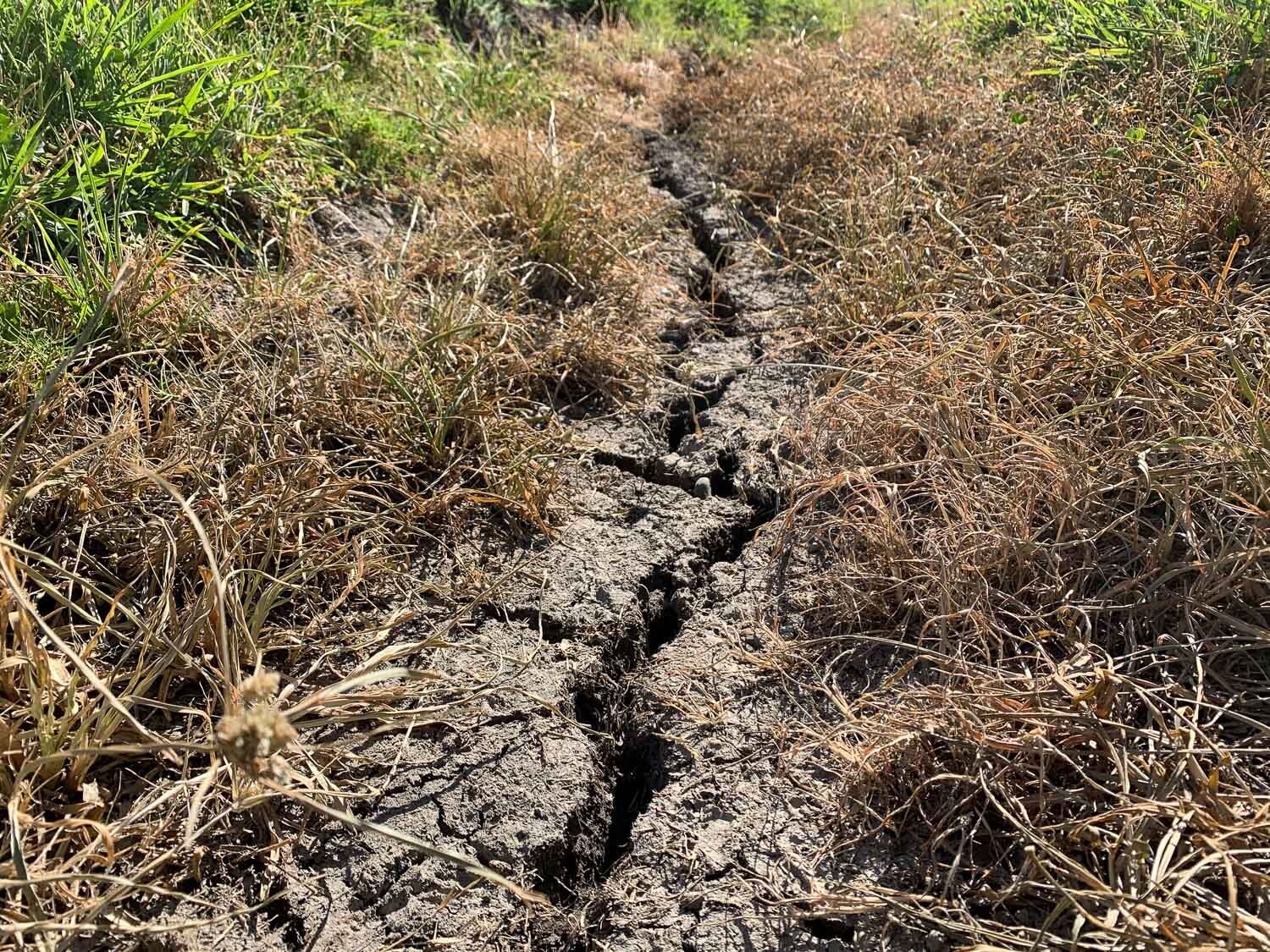Random Farm Photos
/Random farm photos of what I’ve been doing—irrigation, weaving, teaching classes, skirting fleeces, monitoring lambs to sell.
Read MoreJuly, 2023: I have switched to writing most of my blog posts on my original WordPress blog so access all the current news there and sign up on that site for email updates.
Random farm photos of what I’ve been doing—irrigation, weaving, teaching classes, skirting fleeces, monitoring lambs to sell.
Read MoreOur farm is on the edge of California’s Central Valley. This is a Mediterranean climate where we expect hot, dry summers and cool, wet winters. Lately we haven’t had the wet winters that are so important to fill up reservoirs and aquifers to get us through the dry summers.
Here on this farm we don’t face the dire circumstances of those who live in many other areas of the West where forests are dyeing and burning, reservoirs are almost dry, and some people are out of water. We are fortunate that we are in the area served by Solano Irrigation District (SID) and our water comes from Lake Berryessa.

I found this graph from the Solano County Water Agency. I was surprised to see that the lake level was so much higher in July 2020 (left side of graph) than during the winter of 2020-2021. I know that we didn’t get enough rain (about 40% of “average” here) but I didn’t realize that even that amount of rain didn’t increase the water level in the lake.
This blog post has taken a turn other than what I intended but I’m sitting here at my desk at about 8 p.m. It’s still 97 degrees outside and it’s about 90 degrees in the house. I hope that our “delta breeze” kicks in and blows cooler air through the house tonight.

The original plan for this post was to share irrigation photos but I want to make it clear that I know how fortunate we are right here and I am grateful for the water. Notice the dry grass on the left of the photo. That’s what land looks like without irrigation. This is the view at the northwest corner of the property. Lake Berryessa is about 20 miles away in the hills (view covered by a new almond orchard). When we ask for water it comes down that ditch that is off our property and into the standpipe. It flows out at the base of the standpipe and into our ditch.

I should have a photo of the ditch that goes east from the standpipe, but I got distracted by blackberries.

They are so good.

The standpipe and the ditch at the north end of the property are to the right of this photo, at the north end of what we still call the horse pasture, although there haven’t been horses there since Katie left for college and took her horse with her. In this photo the water has already covered the horse pasture and then flows east/west in this ditch that borders the other pasture. At the point when I took these photos we’d had the water flowing for about 33 hours. We usually hope to finish in 24 hours but we have been extending the time between irrigations lately to hopefully extend our allocation into the fall. The ground was so dry that we figured that we would need more time to complete the irrigation at the south end of the field.

I took this photo at about the same spot as the one with the water a few days ago. The ground was so dry that I could barely get the electric-net fence posts in place.

There are cut-outs in the ditch so that the water will flow out of the ditch through the pasture .

Looking southwest. Those fields are finished.

This is from the south end of the property looking back to the barn. This morning the water wasn’t down this far and we really did need those extra hours to get coverage everywhere.

This is the tailwater ditch at the south edge of the property. The idea is to channel excess water into the main canal off the property. However I figured out a system to “reverse irrigate”. Usually the paddocks on the west finish first. By blocking this ditch at the east end the water backs up and irrigates the south end of the other parts of the pasture.

This is at the southeast corner where the water finally does flow off the pasture and into the main canal.

The sheep are ever hopeful that when they see someone walking around the pasture it means that they will get to go out. Sorry girls, you have to wait for it to dry out some.

Some of them were hanging out in the shade near the ram pen.

Here is the goal. This photo was taken in the horse pasture that I showed first. The sheep haven’t grazed this since early June. The last irrigation was after they came off of it about 4-1/2 weeks ago.
Photos and explanation of what I am doing when I say that “I am irrigating”.
Read MoreAt Meridian Jacobs farm we raise Jacob sheep and sell locally grown wool fiber, yarn, and handwoven goods. We teach fiber classes and sell Ashford, Clemes & Clemes, and Schacht spinning and weaving equipment. We encourage farm visits with field trips and our unique Farm Club.
Search blog posts since 2019. If the search says it can’t find a post try putting in your search word a second time. I don’t know why but the second time it seems to work.
Search the entire website, including older blog posts.